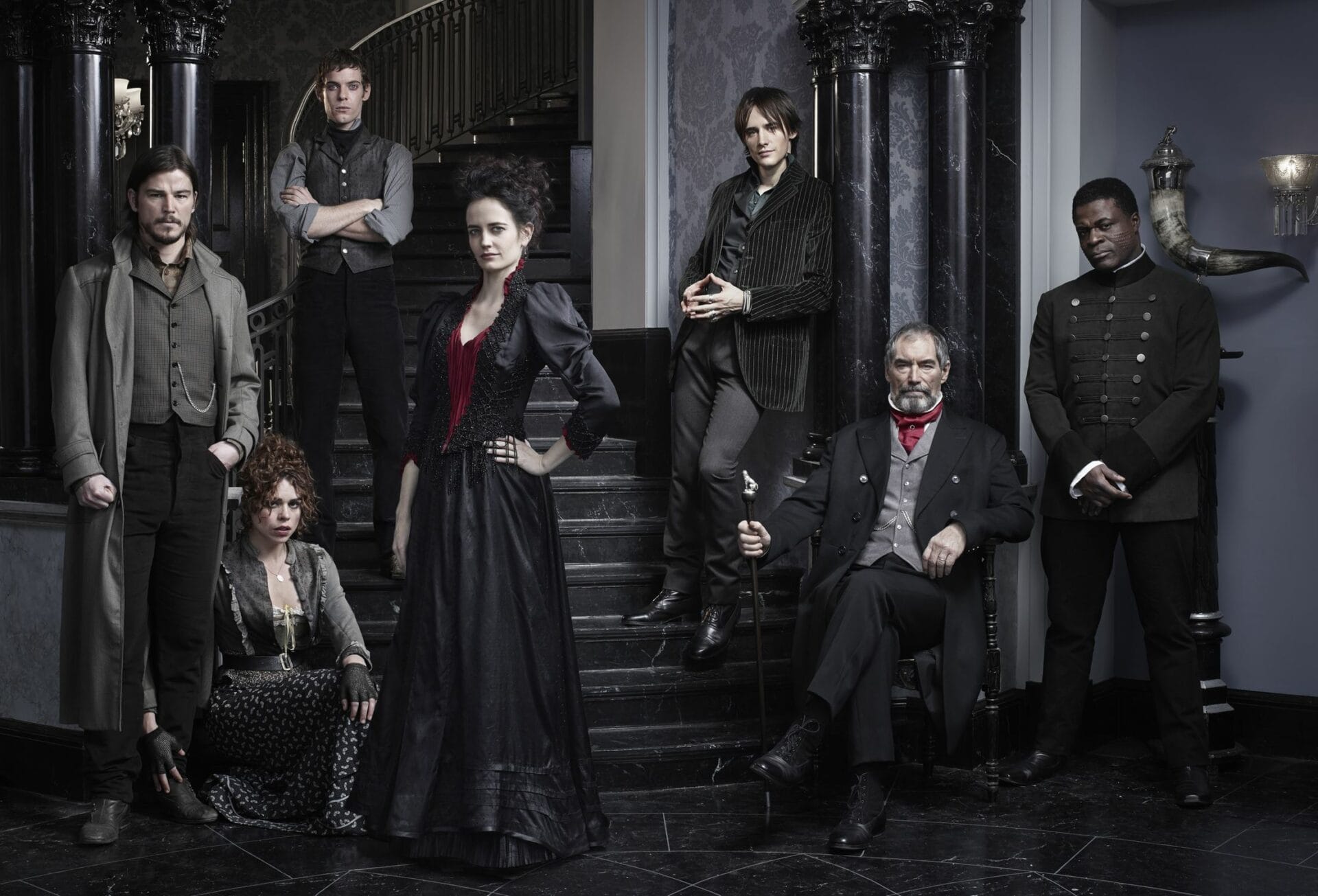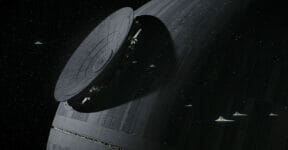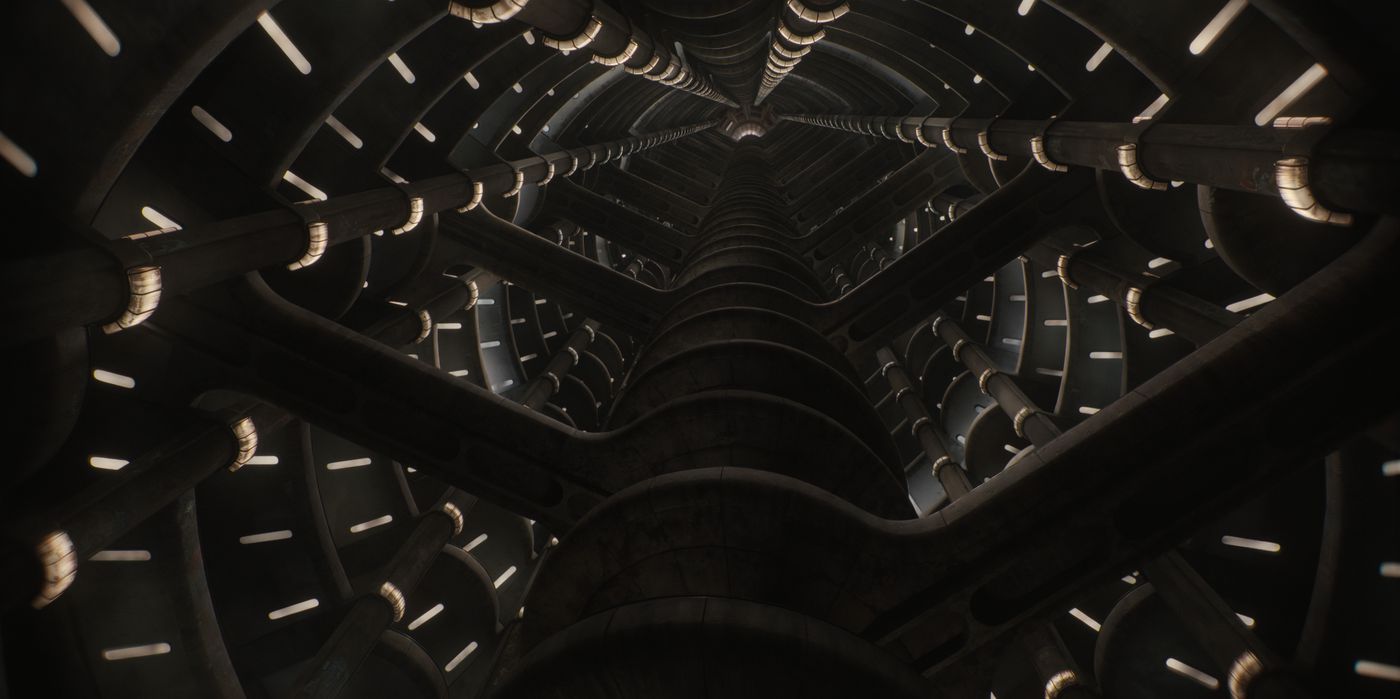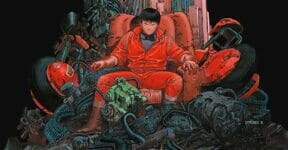Sci-fi horror is exactly what it says on the tin: it’s a blend created by combining elements from both science fiction and horror as a groundwork to explore our fear of the unknown. And it has just the right ingredients to achieve the objective. The bulk of sci-fi is a collection of speculative technologies as you’ve seen before in series like Star Trek: The Next Generation, Silo, Doctor Who, and Westworld; meanwhile, horror is all about terrorizing you with uncomfortable imagery of mysterious entities and phenomenon, like in American Horror Story, Guillermo del Toro’s Cabinet of Curiosities, Penny Dreadful, and The Haunting of Hill House. With that in mind, the best sci-fi horrors have to deliver a seamless blend between scientific advances and terrors within the narratives. And there are plenty of sci-fi horror subgenres that authors, filmmakers, showrunners, and storytellers can use to deliver it. Here are just to name a few.

Technology Gone Wrong
A prominent feature in the realm of sci-fi horror, the subgenre of technology-gone-wrong actually encompasses a lot of topics, including malfunctioning robots, sentient computers, and experimental weapons of all sorts. Its most important message is that technologies are like double-edged swords; they can work for the betterment of humanity and the world, but there can be potential danger from over-reliance or uncontrolled development. The most common elements are:
- Robot revolution: basically the same as AI uprising, the idea of robot revolution is often depicted as machines having too much power and control over other technologies, and using them against humans.
- Excessive virtual reality: initially regarded as a form of entertainment and super effective communication platform, sci-fi horror uses simulated environments to trap the characters in some nightmarish scenarios with real-life consequences.
- Cybernetic implants: nanotechnology makes it possible to implant tiny computers and synthetic organs into human bodies. The procedure is said to enhance strength, speed, agility, and sometimes intelligence, but human biology might not cope with so many quick changes, leading to horrible outcomes.
The idea of technology gone wrong might also include the “mad scientist” trope, in which a truly competent professional comes up with inventions too dangerous to use without proper oversight. Mary Shelley’s Frankenstein (considered the first true sci-fi horror literature) also used the same idea. In the old days of sci-fi horror, this scientist might work in a secret laboratory in a basement or in a secluded building, but this element has gradually become less common in recent years. The inventions or discoveries are not limited to monsters or any kind of hybrid creatures, but they could be weapons of mass destruction or viruses.
Alien Encounters
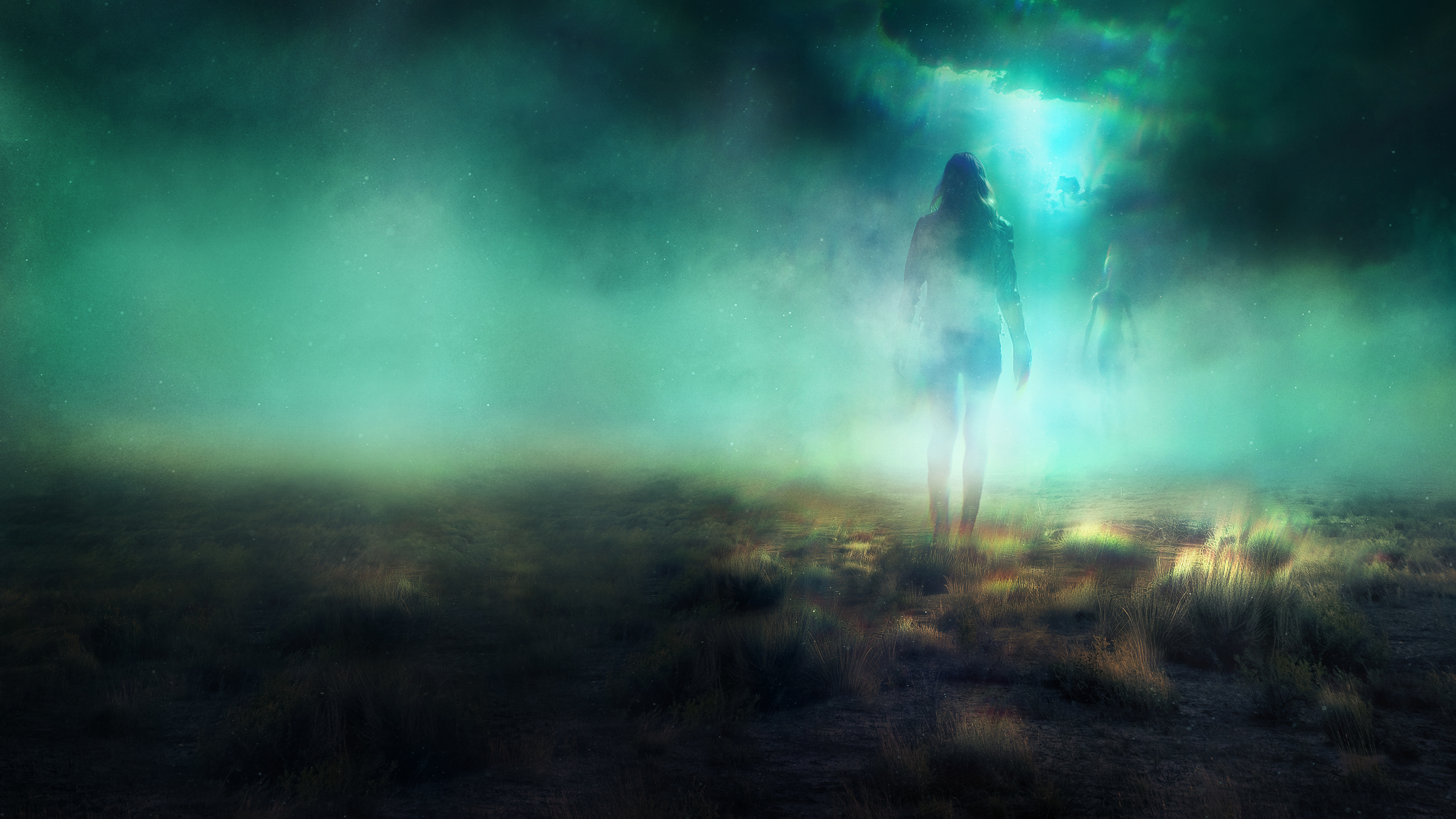
Another well-worn theme is an encounter with extraterrestrial species. It’s done typically in a space exploration setting where humans (most likely spaceship crew or colonies on distant planets) have to fight against aliens. Sci-fi horror uses the theme to delve into various topics, such as the fear of isolation and superior alien technologies. Depending on how the alien is depicted and what it can do, the subgenre can involve a pretty potent biological horror as well. For example, a strange creature living as parasites in human bodies, gruesome murders, and mutilations. An encounter with extraterrestrial species can happen in a few different ways:
- Infiltration: aliens are attacking humans on Earth discreetly through brainwashing, shapeshifting, and essentially exerting influence and eventually total control while being largely unnoticed. The general population is unaware of such attacks.
- Invasion: because the aliens realize that they have far more advanced technologies, they launch an all-out attack to take over Earth from humans. Assuming the attack continues, the resistance happens in a post-apocalyptic period, led by a handful of survivors.
It can even be a combination of all the above. Space exploration leads to the initial contact, in which the aliens carry out an infiltration operation by implanting embryos, virus, or surveillance devices into human bodies. Alien-controlled humans will end up paving the way for a large-scale invasion.
Zombie Outbreak/Apocalypse
Probably the most familiar and well-worn sci-fi horror subgenre, zombie outbreak often has a quite simple premise. In the past, something strange happened to people. Given enough time, they transform into monsters with an insatiable appetite for human flesh. Any healthy person who comes into direct contact with those monsters will also turn into a zombie. To end the outbreak, first the protagonists have to discover the culprit. Zombies are pretty flexible in terms of narrative style and subgenre trapping; they might be caused by scientific experiments that went wrong, alien infiltration, exposure to radioactive substances, mysterious signals broadcast by AI, bioweapons that escape from a military facility, etc.

Regardless of the culprit, a zombie outbreak always leads to the same result; the infected spread the zombification to others, and their numbers quickly swell to overwhelm any effort to stop them. Society collapses, until the protagonists stand up and bring the situations under control.
We think the broad variations of the parent genres (science fiction and horror) allow for seemingly unlimited ways that sci-fi horror can play out its potent combination. From scientific development being used for evil purposes and unintentional dangerous invention to alien encounters and the perils of time travel, sci-fi horror is spoiled with options to create an effective pathway for speculative unbridled dreadfulness. For fans everywhere, it doesn’t seem like sci-fi horror creators will run out of new ideas soon.
What do you think is the scariest form of sci-fi horror? Do you think it makes sense to blend supernatural horror with science fiction? We’d love to hear from you.
Other Things You Might Want to Know
According to the Rolling Stone, the best horror TV shows of all time are:
- Twin Peaks (1990-1991; 2017)
- The Twilight Zone (1959-1964)
- Hannibal (2013-2015)
- The X-Files (1993-2002; 2016-2018)
- Channel Zero (2016-2018)
- Buffy the Vampire Slayer (1997-2003)
On the sci-fi front, the same publication says that these are the best of all time:
- Star Trek (1966-1969)
- The Twilight Zone (1959-1964)
- Battlestar Galactica (2004-2009)
- Doctor Who (1963-Present)
- The Mandalorian (2019-2023)
- The Prisoner (1967-1968)
- The X-Files (1993-2016)
- Westworld (2016-2022)
- Watchmen (2019)
- Firefly (2002-2003)
Notice how The X-Files and The Twilight Zone are included in both categories, because the two series are anthologies revolving around the themes of science fiction and horror, although the mixed-genre isn’t always present in every episode.
Are zombies supernatural or science fiction?
There are three most popular supernatural creatures in fiction: vampires, werewolves, and zombies. Although zombies are originally described as entirely supernatural, they’re the most easily rationalized and given sci-fi background such as unknown virus, brainwashing, exposure to extraterrestrial diseases, and so on.

